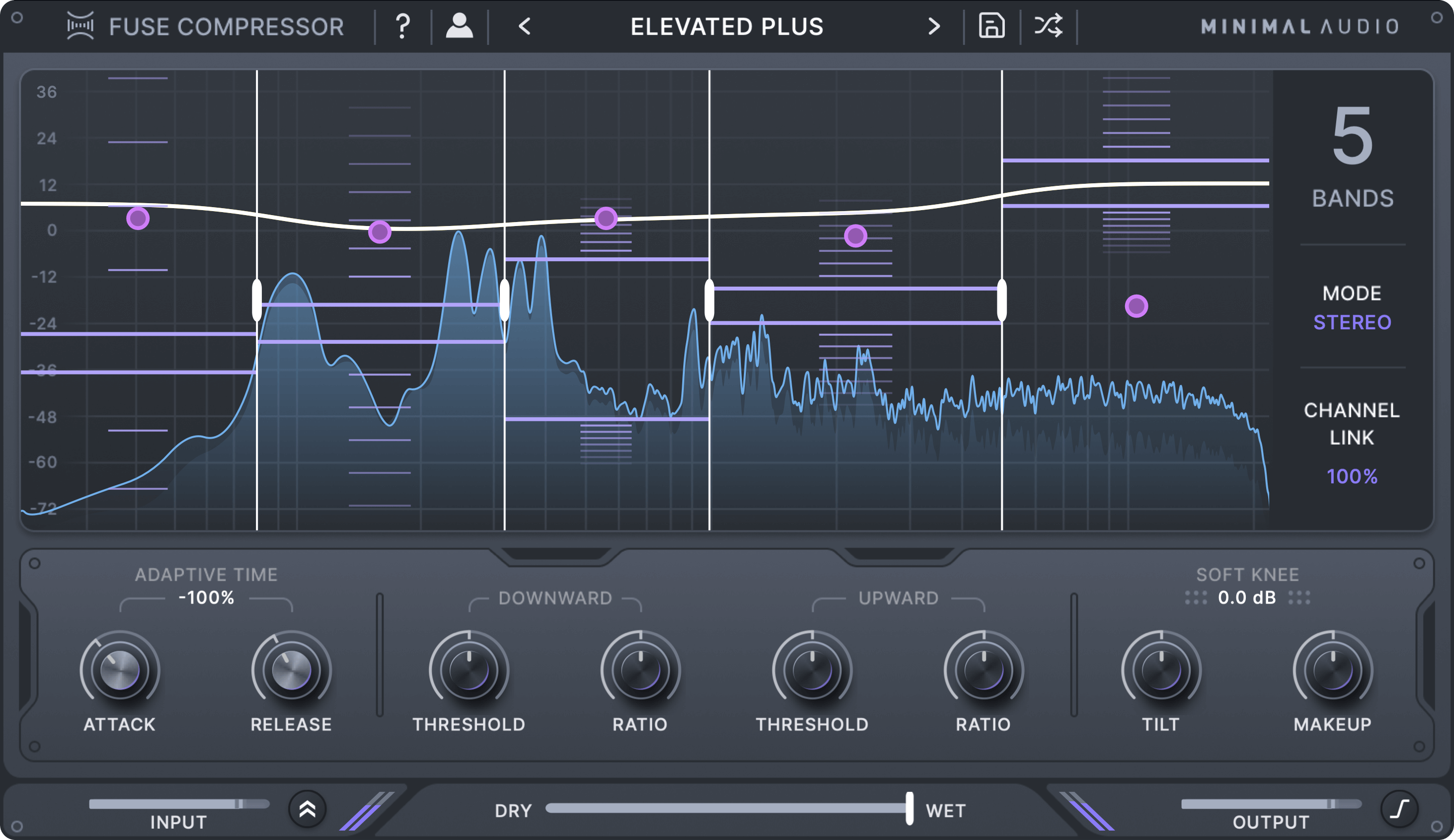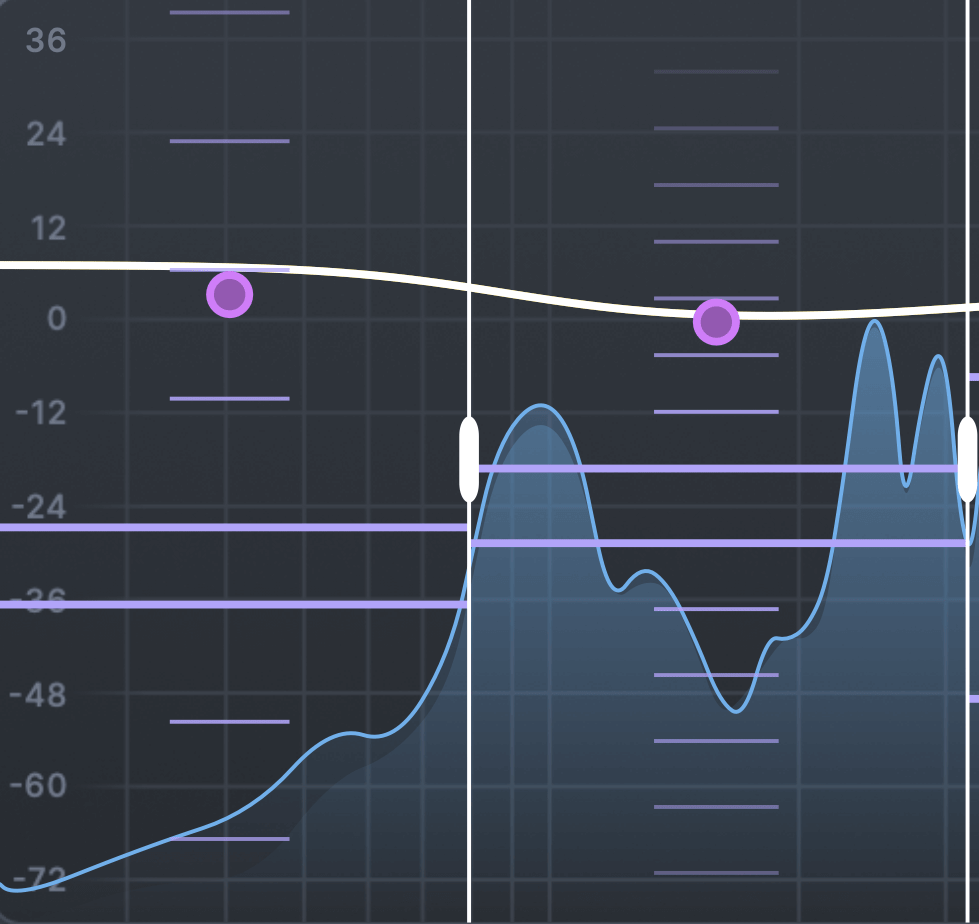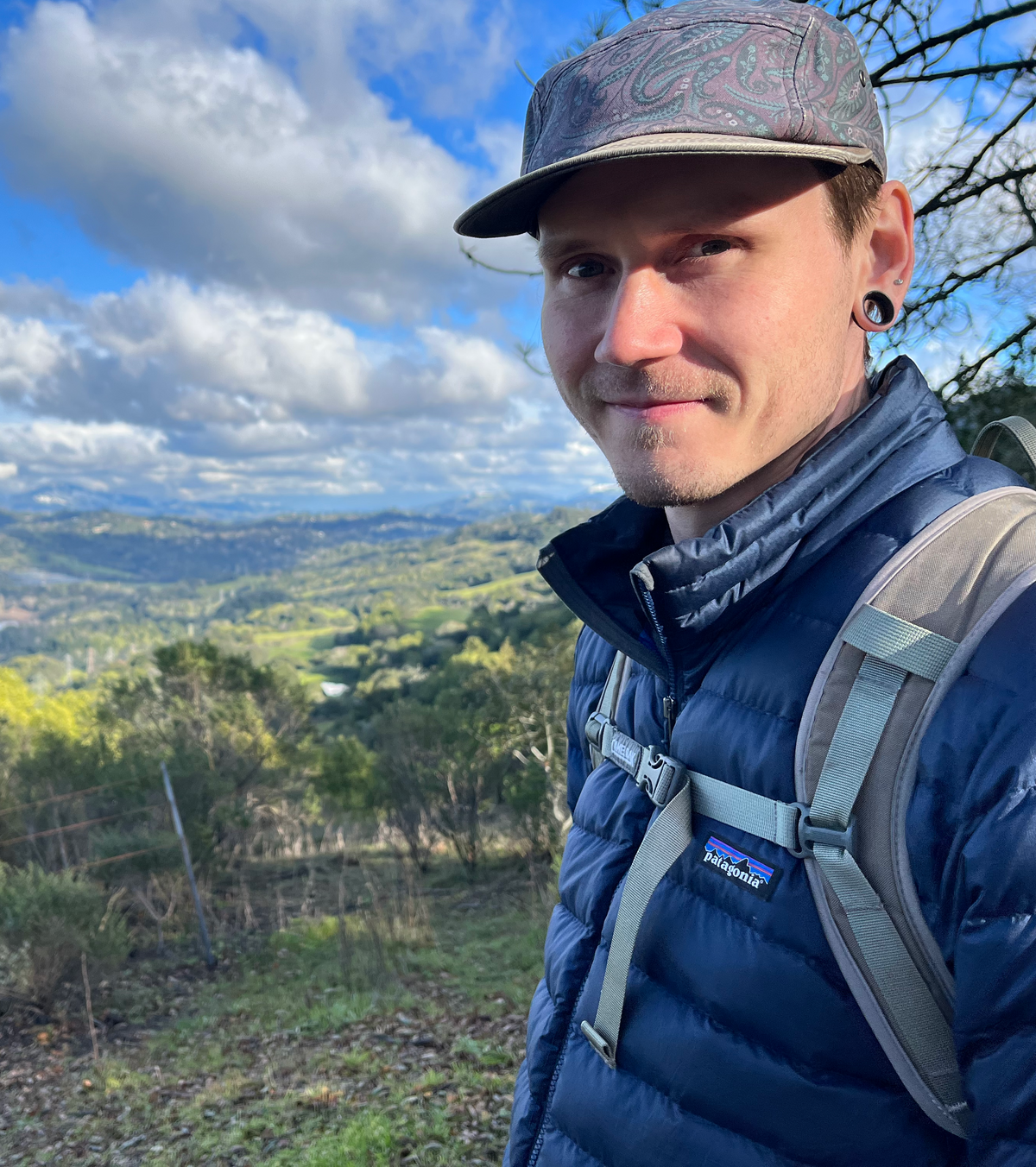What's up everybody, this is Jake T. with Minimal Audio! To celebrate the launch of Fuse Compressor, we're devoting a whole month to the wild world of compression! From tutorials to interviews, we'll unravel the mysteries behind one of dance music's most enigmatic effects.
To kick this month off, we have something very special for you. For this entry into our blog, I had the privilege of sitting down with Ben Wyss. One of the founders of Minimal Audio, and the lead architect behind Fuse Compressor. Together we discussed some of the motivations behind the plugin, as well as what keeps him and the other members of the Minimal Audio team inspired to keep up their tireless innovation in the realm of audio plugins.
Minimal Audio: When did you first become interested in music?
Ben Wyss: I became interested in music when I was twelve and I started playing in bands with some friends. Since then, it was a consistent progression from playing instruments, to producing electronic music, and eventually developing audio software.
MA: What was the beginning of Minimal Audio? What were some of the initial goals for the company?
BW: I've known Jake and Nate (Jake Penn, and Nate Wexler, the other co-founders of Minimal Audio), for about ten years through music. We’ve always been passionate about cutting-edge audio software and sounds, and I think Minimal Audio sprung from that. Our initial goals for the company were to create tools that would help us produce sounds and workflows that inspire us to make music.

MA: What was the impetus for Fuse Compressor?
BW: Fuse Compressor was inspired by a number of things I noticed about multi-band compression while producing my own music. I really enjoy being able to totally reshape sounds using the now classic OTT settings, but I found myself wanting something that could be more easily adjusted, and create a variety of different characters.
I’ve always loved the workflow of compressors such as the Distressor because it allows you to focus on the sweet spot without using tons of controls and readouts. This makes it much easier to use during the creation phase of the track and I wanted to impart as much of that as I could into a multi-band setting.

MA: What makes Fuse Compressor unique in terms of other multi-band compressors?
BW: We spent a lot of time working on DSP and controls, and I believe it's the way we combined those two aspects that make Fuse Compressor unique. While Straightforward macro controls made sense for grouping together some settings, I wanted to be able to treat each band differently without having to edit all of them.
One way we approached this was by adding the Tilt control. This works by adjusting the level of compression for each band, based on its position in the frequency spectrum. It makes it easy to quickly relax or further compress higher or lower frequencies. I found this to be really useful because you can easily adjust a preset to better fit your source material. Pushing it to the extremes can create some pretty wild effects!

BW: Adaptive Time is another control that affects each band differently. It makes use of how faster attack and release times create less distortion with higher frequencies than with lower frequencies. The default setting of 50% is a great way to create a clean and punchy low-end while keeping the mids and highs firmly under control. You can also invert this to get interesting exaggerated effects.
MA: What are your favorite parts of Fuse Compressor?
BW: In addition to the controls mentioned in the previous question, another favorite part of Fuse Compressor is how we display changes in gain across the spectrum. Typically, compressors display gain reduction as per-band dB values, but this can be misleading because it does not account for the slope of the crossover filters. I think the way we show this is both more accurate to what you’re hearing and less distracting. This is another part of the plugin that enables users to focus more on the overall feel of things.
I’m also really happy with how our DSP ended up sounding. We spent a lot of time researching how to do the cleanest and punchiest compression, and this was mostly achieved with the internal envelope follower. All envelope calculations are done in the logarithmic domain to ensure we have a perceptually smooth dynamic response. The envelope follower is optimized toward having a very smooth transition between the attack and release stages. This minimizes distortion, creates a punchy attack, and produces a transparent release.
Additionally, a lot of care was taken in the development of phase-aligned crossovers (24 dB), and channel un-linking that can handle input signals with highly out-of-phase channels.

MA: What else has been inspiring you?
BW: I listen to a lot of different kinds of music, and those different artists and styles are what I find the most inspiring when making audio software or writing music. It's really interesting how different genres will settle into specific approaches to sound design, mixing, and production, and those unique styles are influenced heavily by the technology used to make them.
MA: What's something you're looking forward to in the future?
BW: I am excited to release something we have been working on for over two years in a few months!
MA: If there was one thing you'd like your users to know, what is it?
BW: One of the most rewarding aspects of Minimal Audio is hearing what our users make with our products. So, please share what you create with us on our social media platforms if you would like!
There you have it folks! Words straight from the master himself! I just want to take a moment to thank Ben for taking the time to sit down with me and giving such thoughtful answers to my questions.
Fuse Compressor is truly something special, I've yet to see any other multi-band compressor match the versatility and control that Fuse allows for. If you're reading this and feeling as inspired by the plugin as I am, follow the link on the button below. Otherwise check in next week, as we do a deep dive into this one-of-a-kind effect!


